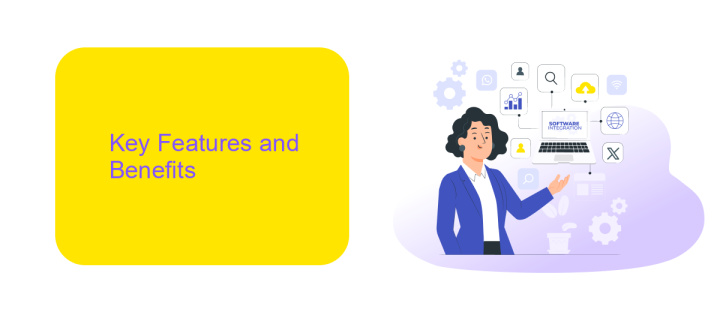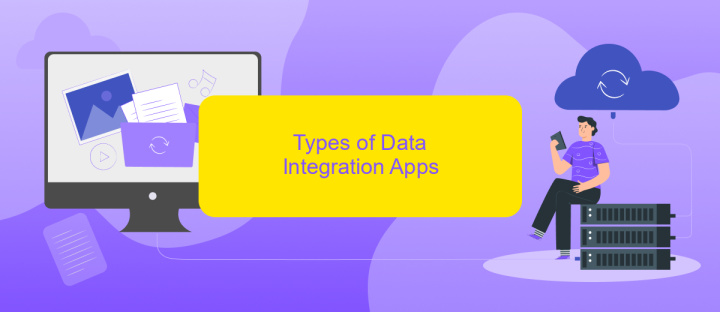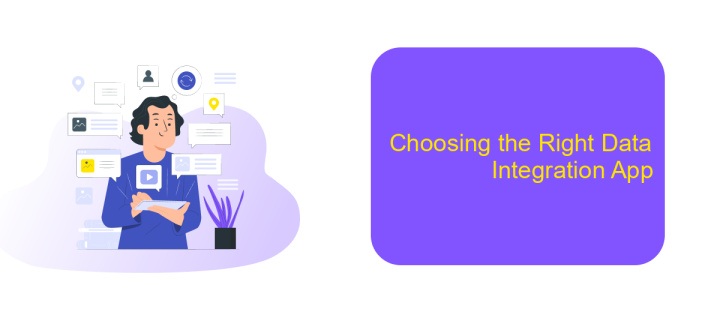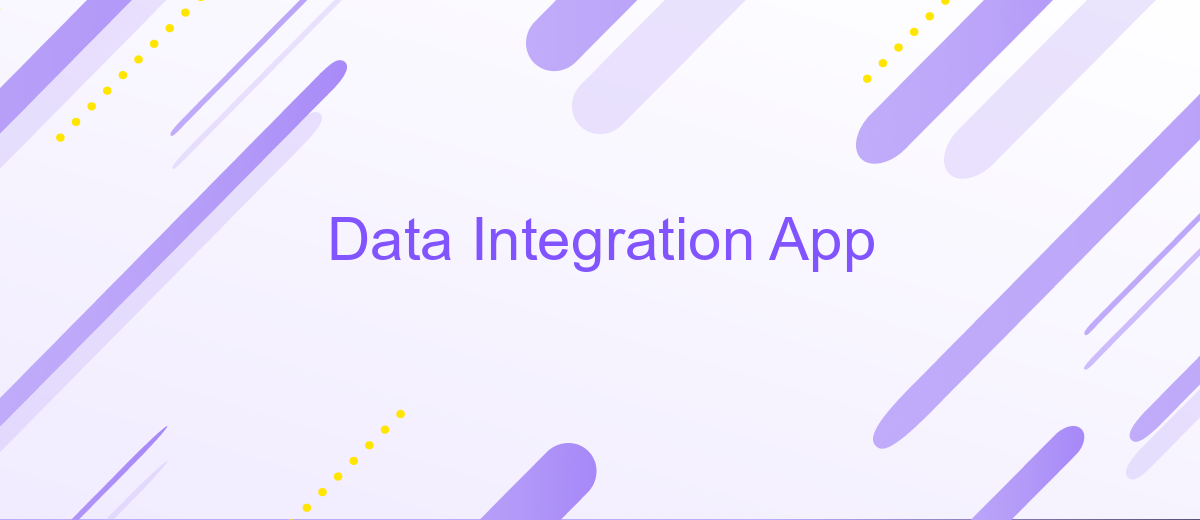Data Integration App
In today's data-driven world, businesses are inundated with information from various sources, making efficient data integration more crucial than ever. A robust Data Integration App can seamlessly consolidate disparate data streams into a cohesive, accessible format. This not only enhances decision-making processes but also drives operational efficiency. Discover how leveraging such an app can transform your organization's data management strategy and unlock new opportunities for growth.
Introduction to Data Integration Apps
Data integration apps are essential tools in today's data-driven world, enabling seamless connectivity and unification of disparate data sources. These applications help organizations consolidate data from various platforms, ensuring a holistic view and facilitating informed decision-making. By automating data processes, they eliminate manual errors and enhance efficiency, making data integration apps indispensable for businesses striving for agility and competitiveness.
- Streamline data from multiple sources into a single, cohesive system.
- Automate data workflows to reduce manual intervention and errors.
- Enhance data accessibility and availability for better insights.
- Support real-time data synchronization for up-to-date information.
- Facilitate compliance with data governance and security standards.
By leveraging data integration apps, organizations can unlock the full potential of their data assets, driving innovation and growth. These tools not only simplify complex data environments but also empower users with timely and accurate insights. As businesses continue to evolve, data integration apps will play a crucial role in shaping strategies and achieving operational excellence.
Key Features and Benefits

Our Data Integration App offers seamless connectivity across multiple platforms, streamlining your data management process. With its intuitive interface, users can effortlessly sync data between various applications, ensuring real-time updates and consistency. The app supports a wide range of integrations, allowing businesses to connect their existing tools without the need for complex coding. This flexibility not only saves time but also reduces the risk of data silos, leading to more informed decision-making.
One of the standout features is its compatibility with ApiX-Drive, a powerful service that simplifies the integration setup. ApiX-Drive provides pre-built connectors, enabling users to automate workflows with minimal effort. This enhances productivity by allowing teams to focus on strategic tasks rather than manual data entry. Additionally, the app includes robust security measures, ensuring that all data transfers are encrypted and compliant with industry standards. By leveraging these features, businesses can achieve greater efficiency and accuracy in their data operations.
Types of Data Integration Apps

Data integration apps are essential tools that enable seamless data flow across various systems, enhancing business operations and decision-making. These applications come in different forms, each designed to address specific integration needs and challenges. Understanding the types of data integration apps can help organizations choose the right solution for their data management requirements.
- ETL Tools: Extract, Transform, Load (ETL) tools are designed to extract data from multiple sources, transform it into a usable format, and load it into a target database or data warehouse.
- Data Replication Tools: These apps replicate data from one database to another, ensuring consistency and availability across different systems.
- API Integration Platforms: These platforms facilitate communication between different software applications through APIs, allowing seamless data exchange and integration.
- Cloud Integration Solutions: Designed to integrate data across various cloud services, these solutions ensure that data is accessible and synchronized in real-time.
Each type of data integration app offers unique features and capabilities, catering to specific business needs. By leveraging these tools, organizations can ensure data consistency, improve collaboration, and enhance overall productivity. Selecting the right data integration app is crucial for achieving efficient and effective data management strategies.
Choosing the Right Data Integration App

Choosing the right data integration app is crucial for optimizing your business processes and ensuring seamless data flow across platforms. The right app can help you consolidate data from multiple sources, enhance data quality, and provide actionable insights. However, with numerous options available, selecting the best fit for your organization can be challenging.
To make an informed decision, start by evaluating your specific business needs and technical requirements. Consider the types of data sources you need to integrate, the volume of data, and the complexity of your data workflows. Additionally, assess the scalability and flexibility of the app to ensure it can grow with your organization.
- Compatibility with existing systems and platforms
- User-friendly interface and ease of use
- Robust security features and compliance with data regulations
- Scalability and support for future growth
- Comprehensive customer support and training resources
Ultimately, the right data integration app should align with your organization's strategic goals and technical landscape. By carefully considering these factors, you can select a solution that enhances operational efficiency and drives business success.
- Automate the work of an online store or landing
- Empower through integration
- Don't spend money on programmers and integrators
- Save time by automating routine tasks
Future Trends in Data Integration
As we look towards the future of data integration, one of the most significant trends is the increasing reliance on artificial intelligence and machine learning to automate complex integration processes. These technologies are poised to enhance data accuracy and efficiency by intelligently mapping data from disparate sources, predicting integration needs, and even self-correcting errors in real-time. This evolution will allow businesses to streamline operations and make data-driven decisions more effectively, reducing the need for extensive human intervention.
Another emerging trend is the growing adoption of no-code and low-code platforms, which empower users to configure integrations without deep technical expertise. Services like ApiX-Drive exemplify this shift by providing user-friendly interfaces that facilitate seamless connectivity between various applications. As businesses continue to demand faster and more flexible integration solutions, these platforms will become increasingly vital. They not only democratize access to sophisticated data integration capabilities but also enable organizations to adapt swiftly to changing technological landscapes, ensuring they remain competitive in a rapidly evolving digital world.
FAQ
What is data integration in the context of a Data Integration App?
How does a Data Integration App handle data security?
Can a Data Integration App work with cloud-based applications?
How can I automate data integration processes?
What should I consider when choosing a Data Integration App?
Do you want to achieve your goals in business, career and life faster and better? Do it with ApiX-Drive – a tool that will remove a significant part of the routine from workflows and free up additional time to achieve your goals. Test the capabilities of Apix-Drive for free – see for yourself the effectiveness of the tool.


